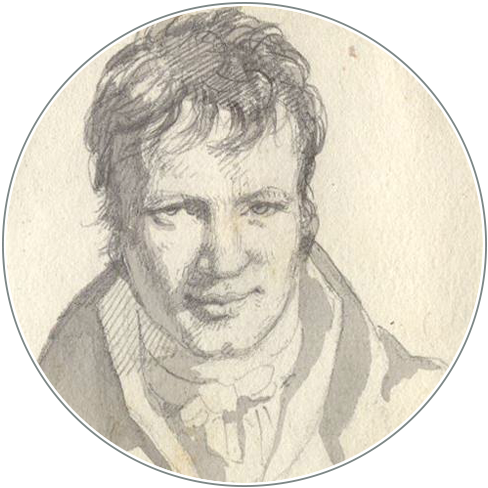De la pintura de viaje a la fotografía: Alexander von Humboldt y la representación artística del Nuevo Mundo
DOI:
https://doi.org/10.18443/275Palabras clave:
Alexander von Humboldt, pintura de paisaje, expediciones científicas, fotografía, landscape painting, scientific expeditions, photography, Landschaftsmalerei, wissenschaftliche Expedition, FotografieResumen
Resumen
Este artículo estudia el papel de Alexander von Humboldt como promotor de una representación iconográfica del Nuevo Mundo. El objetivo de Humboldt era proporcionar una nueva imagen de América, basada en hechos reales, encontrados in situ, y no en la fantasía europea. Esta representación se sitúa entre su estricta visión científica, y su combinación con su elaborada sensibilidad artística, y, por lo tanto, utiliza tanto elementos textuales como visuales para transportar el conocimiento producido. En este trabajo se analizan las fuentes que inspiraron a Humboldt para desarrollar lo que hoy entendemos por «arte científico» así como los criterios que deberían aplicarse a este género. Partiendo de la importancia que tuvo la pintura de viaje para su gran proyecto americano, interesa de particular manera su interacción con los inicios del nuevo medio de la fotografía y las ventajas que él vio en este importante avance tecnológico.
Zusammenfassung
Dieser Artikel untersucht die Rolle Alexander von Humboldts als Förderer einer ikonographischen Repräsentation der Neuen Welt. Humboldts Ziel war es, ein neues Bild von Amerika zu liefern, basierend auf realen Ereignissen, die in situ und nicht in der europäischen Fantasie stattfanden. Diese Darstellung verbindet seine strenge wissenschaftliche Vision mit seiner ausgeprägten künstlerischen Sensibilität und verwendet sowohl textliche als auch visuelle Elemente, um das erzeugte Wissen zu transportieren. In diesem Beitrag werden die Quellen analysiert, die Humboldt dazu inspirierten, das zu entwickeln, was wir heute unter "wissenschaftlicher Kunst" verstehen, sowie die Kriterien, die für dieses Genre gelten sollten. Ausgehend von der Bedeutung, die die Reisemalerei für sein großes amerikanisches Projekt hatte, ist auch seine Interaktion mit den Anfängen des neuen Mediums Fotografie und die Vorteile, die er in diesem wichtigen technologischen Fortschritt sah, von besonderem Interesse.
Abstract
This paper studies the role Alexander von Humboldt played as forerunner of an iconographic representation of the New World. Humboldt’s aim was to provide a new image of America, based on actual facts, found in situ, and not coming out of the European imagination. This representation lies somewhere between his rigorous scientific vision and its combination with his elaborate artistic sensibility, therefore using both textual and visual elements to convey the knowledge produced. In this work, the sources that inspired Humboldt to develop what today is known as “scientific art” as well as the criteria that should be applied to this genre, are analyzed. Starting with the relevance of travel painting for his great American project, it is of particular interest the study of its interaction with the incipient photographic technology, as well as the benefits he identified on the utilization of this innovation.

Publicado
Cómo citar
Número
Sección
Licencia
Derechos de autor 2018 Sandra Rebok

Esta obra está bajo una licencia internacional Creative Commons Atribución-NoComercial 4.0.
Los derechos de los artículos enviados permanecen en manos de los/as autores/as y se publican bajo una licencia CC (CC BY-NC 4.0). Todos los/as autores/as que publican en HiN aceptan este modelo de licencias.
Es responsabilidad de los/as autores/as obtener la autorización necesaria para la publicación de imágenes.
Los derechos del Diseño de Impresión y el diseño de la revista no son transferibles y no pueden reutilizarse de ningún modo para otras publicaciones sin previa aprobación de HiN.








